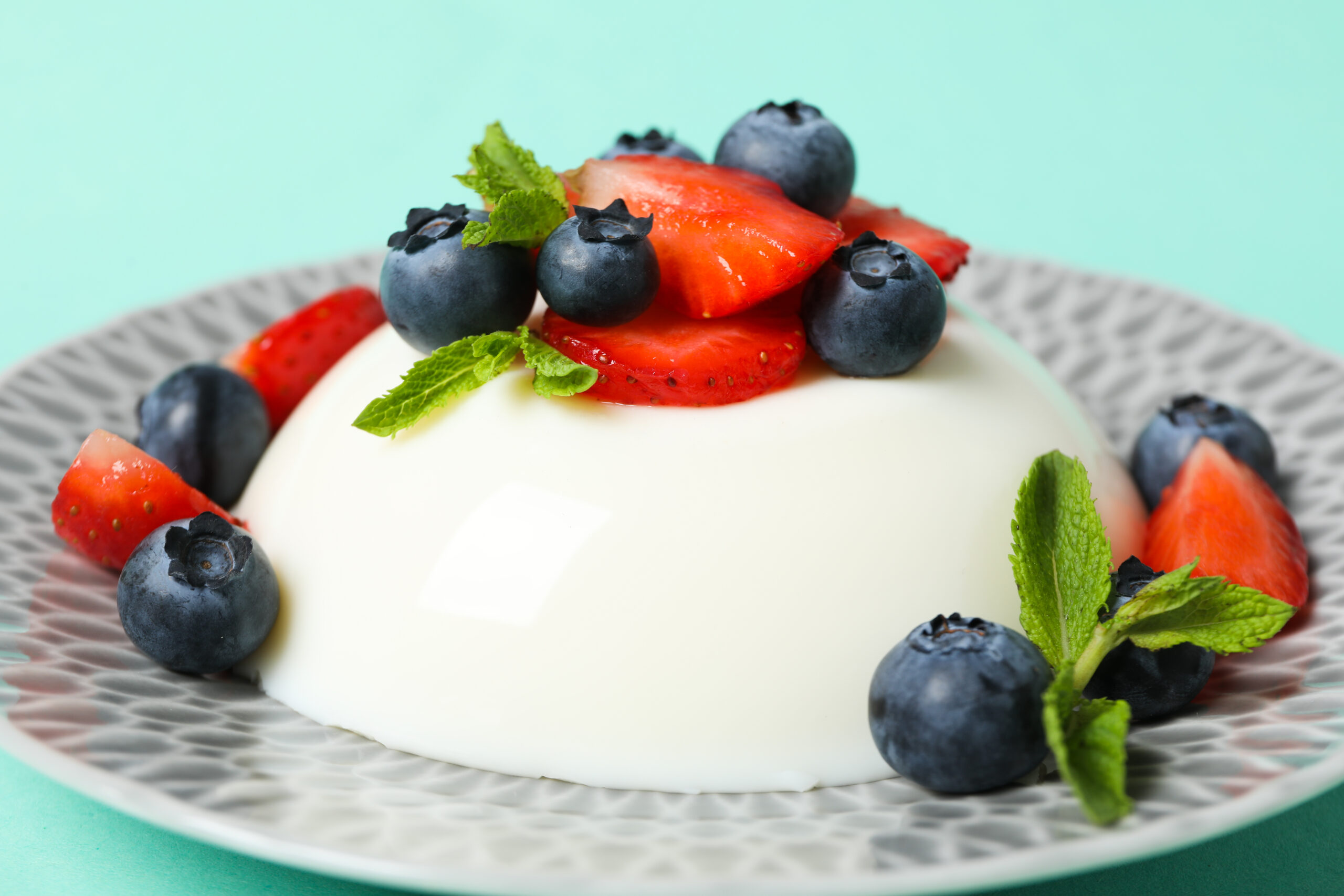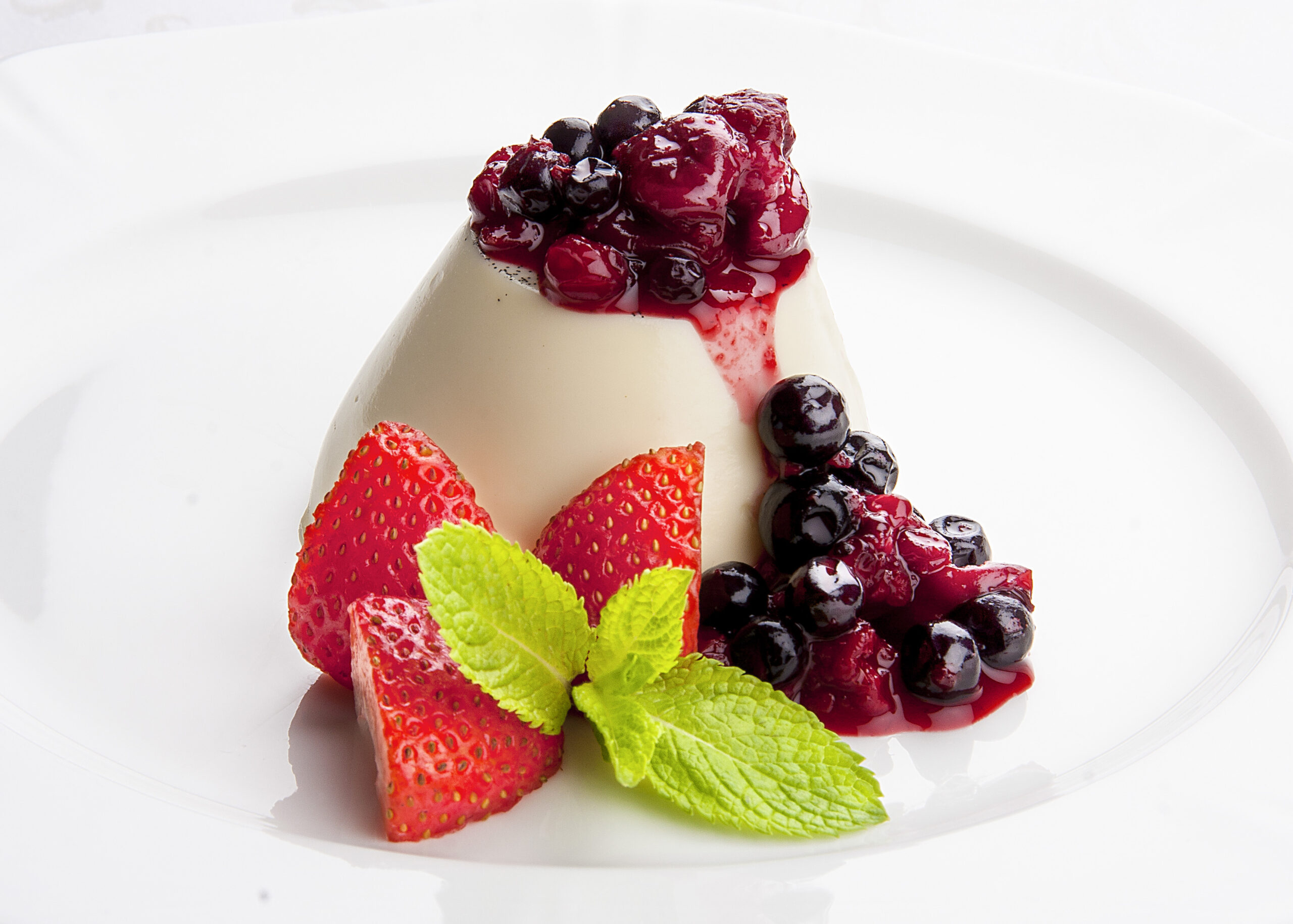Anime Royale Codes (September 2025)


Panna cotta, a classic Italian dessert, is celebrated for its silky texture and subtle sweetness. This delightful treat, whose name means “cooked cream” in Italian, combines simplicity with elegance, making it a favorite among home cooks and professional chefs alike. With just a handful of ingredients, panna cotta offers a canvas for creativity, allowing you to infuse it with various flavors and pair it with complementary sauces. Whether you’re a dessert enthusiast looking to impress your guests or a home cook eager to try something new, mastering the art of panna cotta is a rewarding culinary journey.
The success of panna cotta hinges on the quality and balance of its ingredients. At its core, panna cotta requires heavy cream, sugar, and a setting agent such as gelatin or agar agar. Each component plays a crucial role in achieving the dessert’s signature texture and flavor.
The heavy cream forms the base, providing richness and a smooth mouthfeel. Opt for high-quality cream with a fat content of at least 36% for the best results. Sugar adds sweetness and can be adjusted to taste, while vanilla bean or extract infuses the dessert with a fragrant aroma. For those seeking a plant-based alternative, agar agar serves as an excellent substitute for gelatin, offering a similar setting quality without animal products.
Creating panna cotta does not require an extensive array of kitchen tools, but having the right equipment ensures a smooth preparation process. A saucepan is essential for heating the cream and dissolving the sugar and setting agent. A whisk or spoon helps in mixing the ingredients thoroughly.
For precise measurements, a digital kitchen scale is invaluable, especially when working with agar agar, which requires accurate proportions for proper gelling. Additionally, fine mesh sieves can be used to strain the mixture, ensuring a silky texture free of lumps or impurities. Finally, ramekins or molds are necessary for setting the panna cotta, allowing you to present the dessert in elegant portions.
Deciding between gelatin and agar agar can significantly impact the texture and dietary suitability of your panna cotta. Gelatin, derived from animal collagen, is traditional in panna cotta recipes, offering a creamy, melt-in-the-mouth consistency. It’s widely available and easy to work with, requiring gentle heating to dissolve completely.
Agar agar, on the other hand, is a plant-based alternative sourced from seaweed, making it suitable for vegetarians and vegans. It sets at a higher temperature than gelatin and results in a firmer texture. When using agar agar, it’s crucial to boil it in the cream mixture for a few minutes to activate its gelling properties fully. Both options have their merits, so the choice ultimately depends on dietary preferences and the desired texture.

The subtle infusion of vanilla is what elevates panna cotta from a simple cream dessert to an aromatic delight. Using a whole vanilla bean provides the most intense flavor. To use, split the bean lengthwise and scrape out the seeds, adding both seeds and pod to the cream as it heats. This method ensures a deep vanilla essence permeates the dessert.
Vanilla extract offers a convenient alternative, requiring only a teaspoon or two to impart its characteristic flavor. While the extract is less potent than fresh beans, it still provides a lovely aroma and can be more economical. For a unique twist, consider infusing additional flavors such as citrus zest, coffee, or spices like cardamom and cinnamon, allowing your creativity to shine.
While classic panna cotta is delightful on its own, experimenting with variations can add a new dimension to this timeless dessert. Consider incorporating fruit purees like mango or passion fruit for a refreshing twist, or add a layer of chocolate or caramel for added richness.
For a more indulgent version, swirl in a ripple of nut butter or melted chocolate before setting. You can also explore savory panna cotta by reducing sugar and incorporating ingredients such as goat cheese or herbs, creating a sophisticated appetizer or side dish. The versatility of panna cotta makes it an ideal base for culinary exploration.
Once your panna cotta has set, it’s time to think about presentation and accompaniments. A berry sauce, made from fresh or frozen berries cooked down with a bit of sugar and lemon juice, pairs beautifully with the creamy dessert, adding a burst of color and tangy contrast.
Alternatively, consider topping your panna cotta with a compote of seasonal fruits, a drizzle of honey, or a sprinkle of toasted nuts for added texture. For a touch of elegance, garnish with edible flowers or fresh mint leaves. The key is to complement the panna cotta’s creaminess with flavors and textures that enhance its delicate nature.
Proper storage is essential to maintain the quality of panna cotta, especially if you’re preparing it in advance. Once set, cover the ramekins with plastic wrap or a lid to prevent the panna cotta from absorbing any odors from the refrigerator. It can be stored for up to three days, making it an ideal make-ahead dessert for dinner parties.
If you need to unmold the panna cotta before serving, briefly dip the bottom of the mold in warm water to loosen it, then gently invert onto a plate. Avoid reheating panna cotta, as it is meant to be served chilled to preserve its texture and flavor. Instead, focus on keeping it well-chilled until ready to serve, ensuring a flawless presentation and taste.